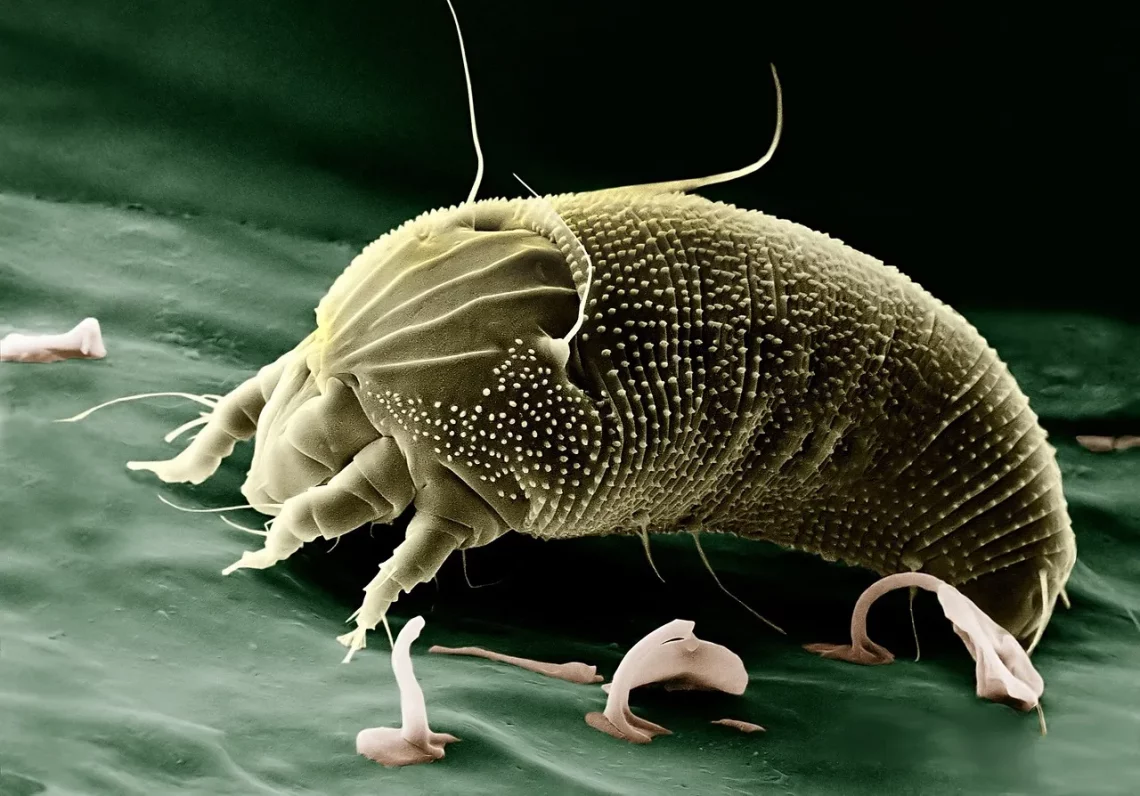
Effective Methods to Get Rid of Mites in Chickens
Mites are microscopic pests that can have a significant impact on the health and well-being of chickens. These tiny arachnids can thrive in various environments, often finding their way into chicken coops and affecting flocks worldwide. Mites feed on the blood of birds, leading to various health issues such as anemia, feather loss, and reduced egg production. As a backyard chicken keeper or a larger poultry farmer, it is crucial to be vigilant about mite infestations. Not only do these pests pose a threat to the health of your chickens, but they can also compromise the overall productivity of your flock.
Understanding the life cycle of mites is essential for effective management. These pests can reproduce rapidly, making it imperative to act quickly upon noticing any signs of infestation. Symptoms may include excessive scratching, changes in behavior, and visible mites on the birds or in their living environment. Maintaining a clean living space, implementing preventive measures, and utilizing both natural and chemical treatments can all contribute to effective mite control.
In this article, we will explore various approaches and effective methods to help you manage and eliminate mites in your chickens, ensuring a healthier and more productive flock.
Understanding Mite Infestations in Chickens
Mite infestations can manifest in numerous ways, making it essential for chicken owners to recognize the signs early. There are several types of mites that can affect chickens, including red mites, northern fowl mites, and scaly leg mites. Each type has its unique characteristics and may require different management strategies.
Red mites are particularly notorious as they reside in the chicken coop during the day and come out at night to feed on the birds’ blood. Their presence can lead to significant discomfort for the chickens, causing them to stop laying eggs and, in severe cases, even die from blood loss. Northern fowl mites, on the other hand, tend to be found on the birds themselves, often leading to feather loss and skin irritation. Scaly leg mites primarily affect the legs and feet of chickens, causing crusty, scaly skin that can lead to secondary infections.
To manage a mite infestation effectively, it is essential to first identify the type of mite present in your flock. Observing your chickens regularly can help you catch infestations early. Look for signs such as excessive feather pecking, scratching, or visible pests on the skin. Additionally, inspect the coop for signs of mites, including small black specks or live mites in corners and crevices.
Once an infestation is confirmed, the focus should shift to treatment and prevention. Keeping the coop clean and dry is crucial, as mites thrive in damp environments. Regularly cleaning bedding and nesting areas can significantly reduce the likelihood of infestations. Furthermore, introducing natural predators, such as certain types of beneficial insects, can help control mite populations without the use of chemicals.
Understanding the biology and behavior of mites is the first step in combating these pesky invaders. By staying informed and vigilant, chicken owners can protect their flocks from the adverse effects of mite infestations.
Natural Remedies for Mite Control
Many chicken owners prefer to use natural remedies to manage mite infestations, as they can be less harmful to the birds and the environment. Several effective natural solutions can help reduce mite populations without resorting to harsh chemicals.
Diatomaceous earth (DE) is a popular natural remedy for controlling mites in chickens. This fine powder is made from the fossilized remains of diatoms, a type of algae. When sprinkled in the coop and on the chickens, DE can damage the exoskeletons of mites, leading to dehydration and death. It’s essential to use food-grade diatomaceous earth to ensure it is safe for your birds.
Another effective natural treatment is the use of essential oils. Oils such as peppermint, tea tree, and eucalyptus have natural insecticidal properties and can help repel mites. These oils can be diluted in water and sprayed in the coop or added to dust baths for the chickens. However, always ensure that the oils used are safe for poultry and used in moderation, as some essential oils can be potent.
Furthermore, introducing herbal treatments can also aid in mite control. Herbs like garlic, neem, and rosemary can have beneficial properties that help reduce mite populations while promoting overall chicken health. For example, garlic can be added to the chickens’ diet or used in the coop to deter mites.
Creating a dust bath for your chickens is another natural method of mite control. Chickens love to dust bathe, and providing them with a mixture of sand, ash, and herbs can help them naturally rid themselves of mites. This practice not only helps with mite control but also promotes healthier feathers and skin.
Incorporating natural remedies into your mite management strategy can be an effective way to maintain the health of your flock while minimizing chemical exposure. However, it’s crucial to be consistent and monitor the results to ensure the best outcomes.
Chemical Treatments for Severe Infestations
In some cases, natural remedies may not be enough to control severe mite infestations, and chemical treatments may become necessary. While chemical solutions can be effective, they must be used with caution and according to the manufacturer’s instructions to ensure the safety of your chickens and any eggs they produce.
One commonly used chemical treatment is permethrin, a synthetic pesticide derived from chrysanthemum flowers. It is effective against various types of mites and can be applied as a spray or dust. When using permethrin, ensure that you treat the entire coop and nesting areas, as well as the chickens themselves. Always adhere to the recommended withdrawal periods before consuming eggs or meat from treated birds.
Another option is the use of ivermectin, a medication often used to treat internal and external parasites. Ivermectin can be administered orally or through injections, depending on the severity of the infestation. It’s essential to consult with a veterinarian before using ivermectin, as they can provide guidance on proper dosages and administration methods.
In addition to these treatments, it’s important to establish a comprehensive mite management plan that includes regular inspections, cleaning, and monitoring. Chemical treatments should be seen as a last resort and should always be combined with preventive measures to ensure long-term success.
Remember, chemical treatments can have residual effects, so it’s crucial to follow all safety guidelines and observe withdrawal times before using the eggs or meat from treated birds. By combining appropriate chemical treatments with diligent management practices, you can effectively control mite infestations in your flock.
Preventive Measures to Keep Mites at Bay
Prevention is always better than cure, especially when it comes to managing mite infestations in chickens. Implementing effective preventive measures can significantly reduce the likelihood of mites invading your flock.
First and foremost, maintaining a clean living environment is essential. Regularly clean the coop, removing old bedding and debris that may harbor mites. A thorough cleaning should include scrubbing surfaces, disinfecting with safe cleaners, and regularly replacing bedding with fresh materials. Keeping the coop dry and well-ventilated can help deter mites, as they thrive in damp conditions.
Another preventive measure is to avoid overcrowding in the coop. Providing ample space for your chickens reduces stress and helps prevent the spread of mites. A crowded environment can lead to increased competition for resources and greater susceptibility to infestations.
Additionally, consider implementing a biosecurity plan. Limit contact with other flocks and ensure that any new chickens are quarantined before introducing them to your existing flock. This practice can help prevent the introduction of mites and other diseases.
Regular health checks are also crucial for early detection of mite infestations. Monitor your chickens for any signs of discomfort, feather loss, or changes in behavior. Observing your flock closely can help you catch potential infestations before they escalate.
Finally, rotating the chickens’ grazing areas can help reduce mite populations. Allowing the chickens to forage in different areas can disrupt the life cycle of mites and minimize their presence.
By prioritizing preventive measures, chicken owners can significantly reduce the risk of mite infestations, ensuring a healthier and more productive flock.
In conclusion, managing mites in chickens requires a comprehensive approach that includes understanding, natural remedies, chemical treatments, and preventive measures. While mites pose a challenge to poultry keepers, being proactive and informed can significantly enhance the health and productivity of your flock.
**Disclaimer:** This article is not intended to serve as medical advice. For any health-related issues concerning your chickens, please consult a veterinarian or a qualified animal health professional.




